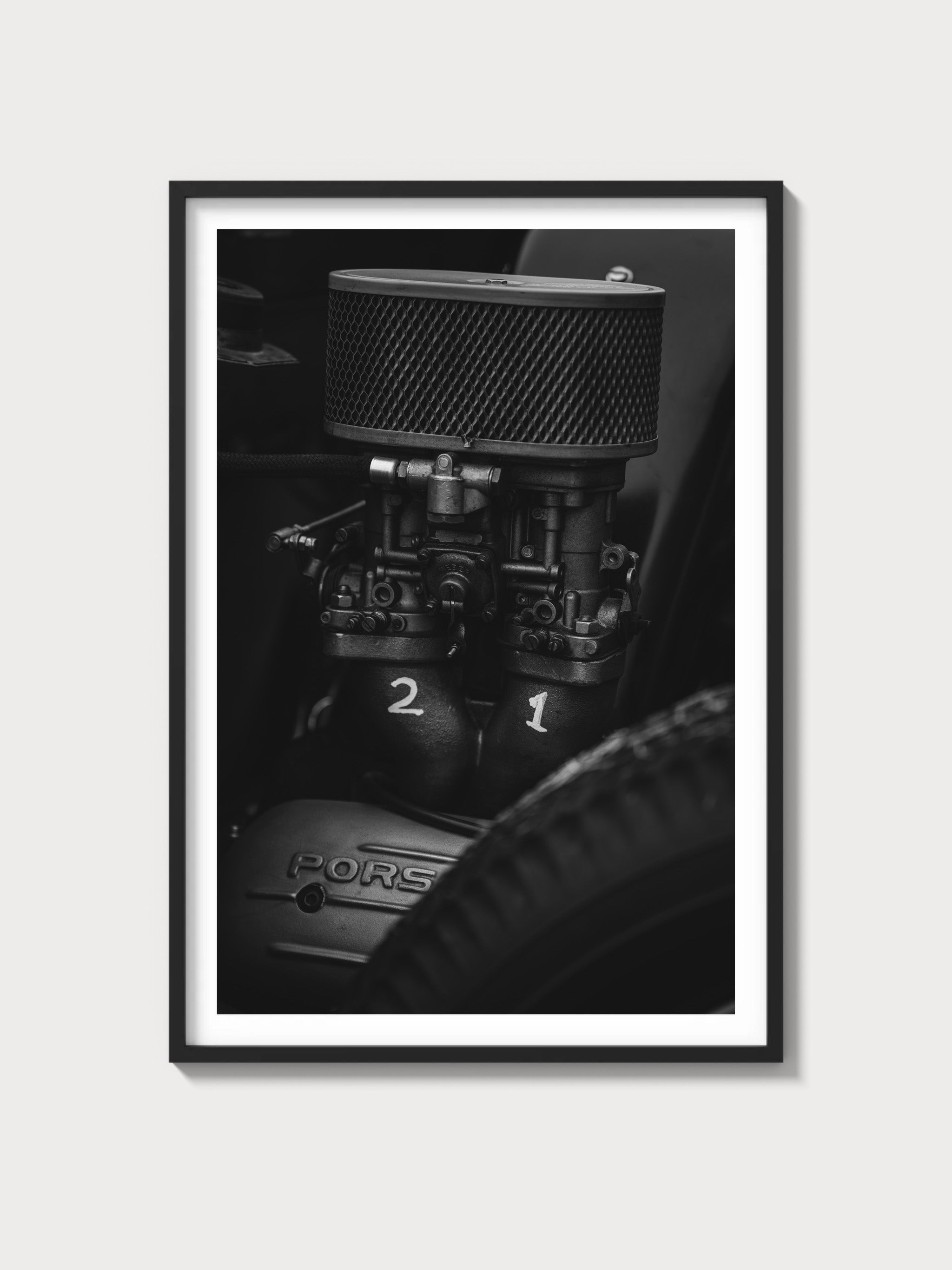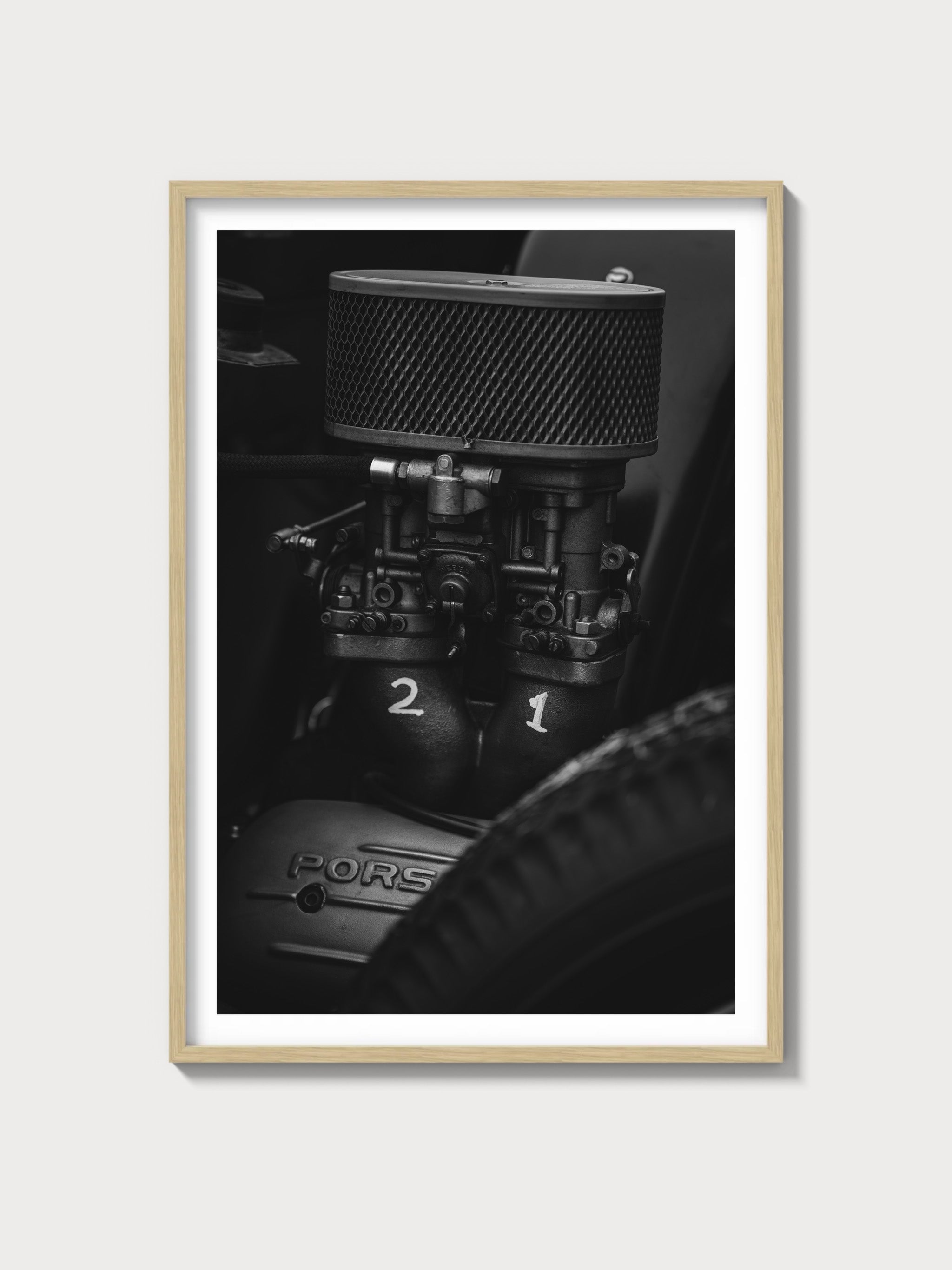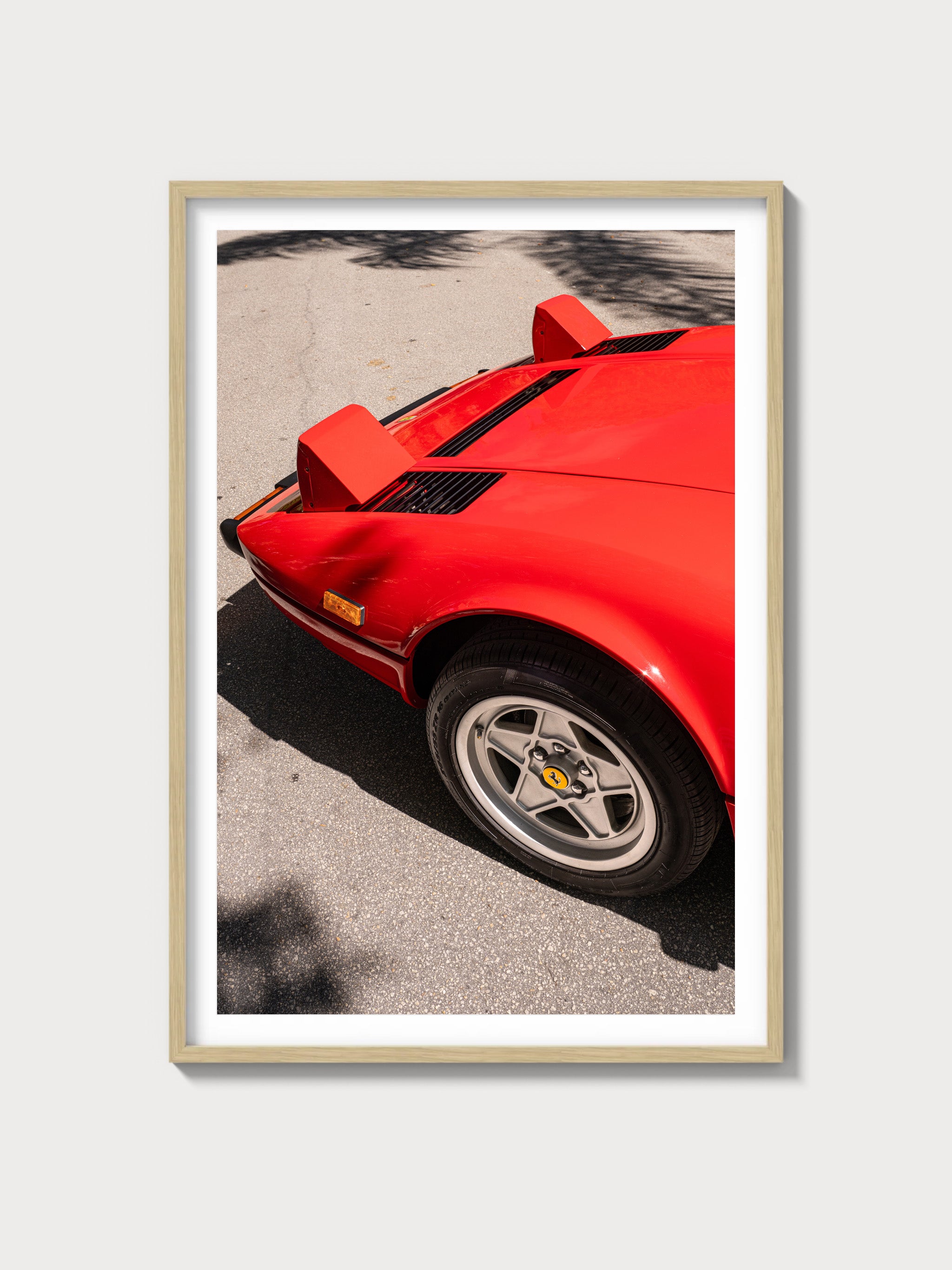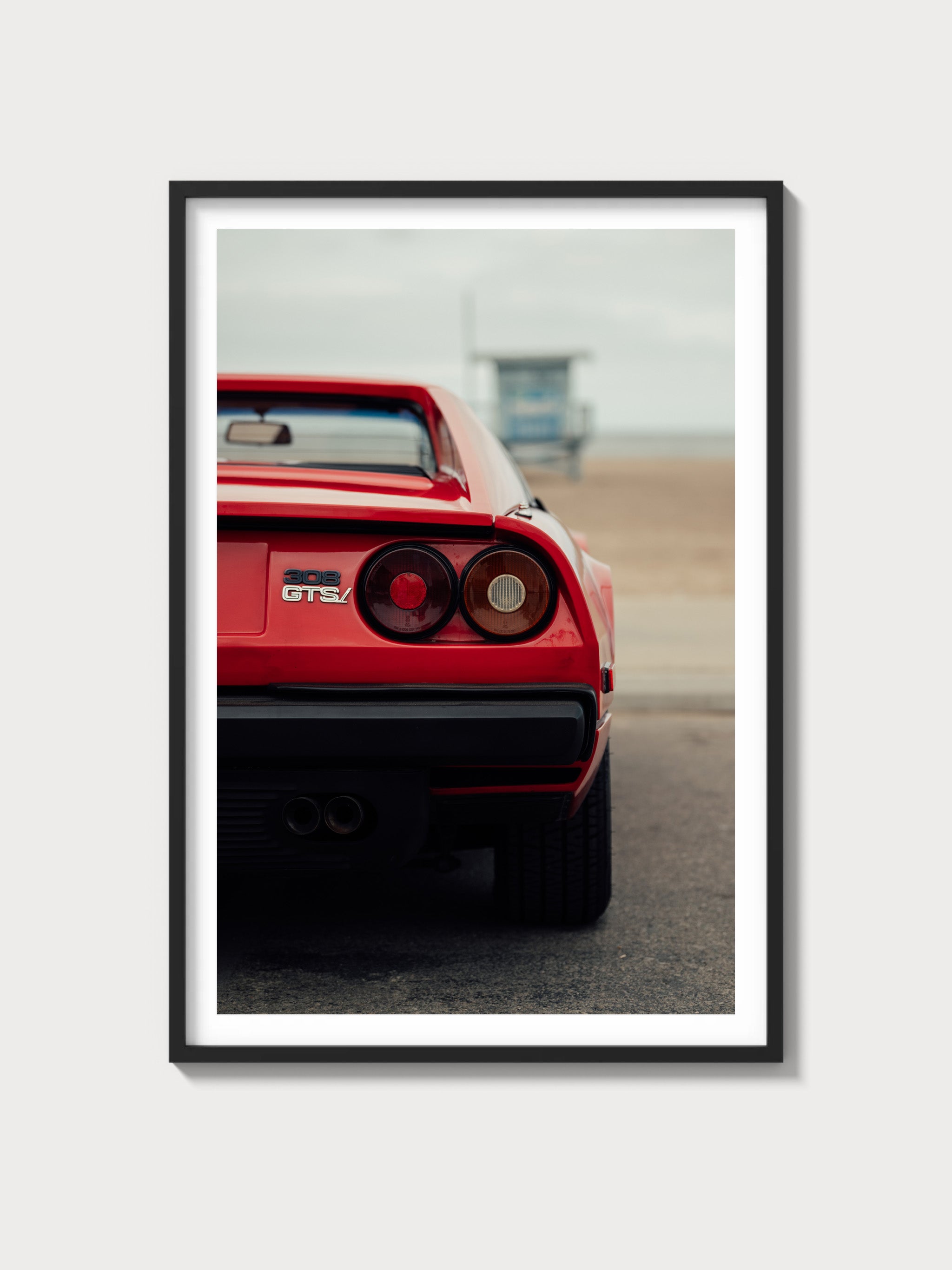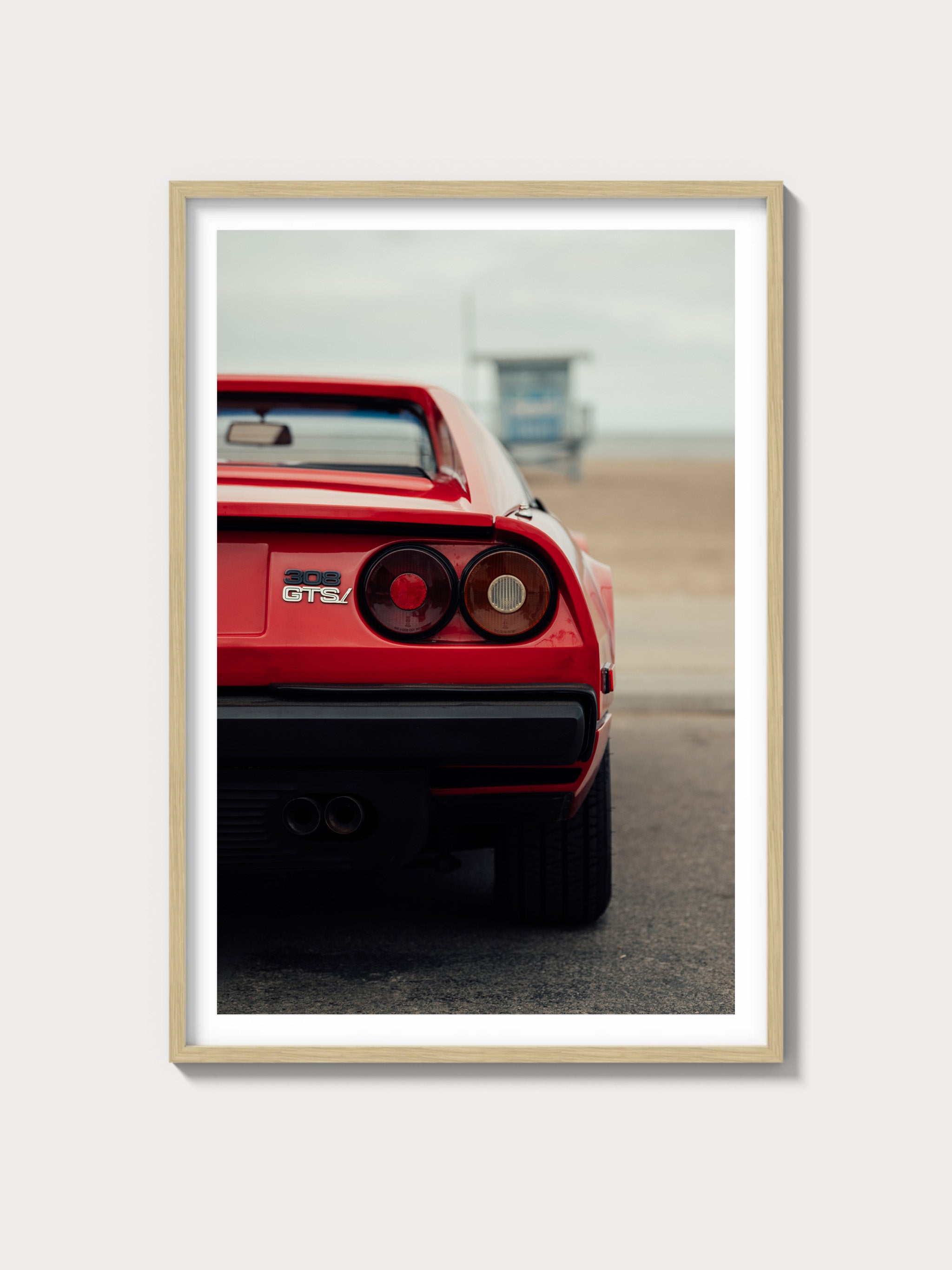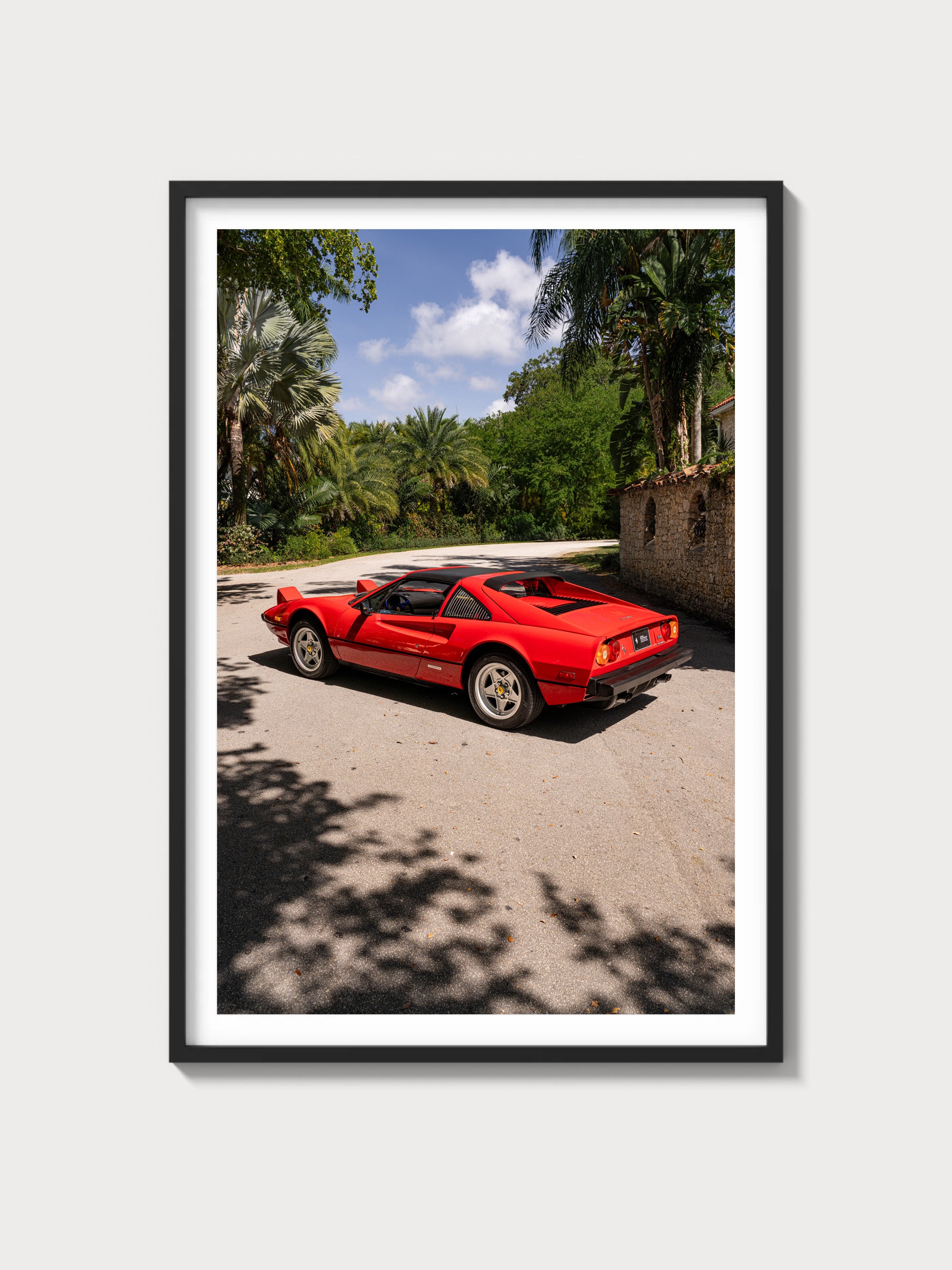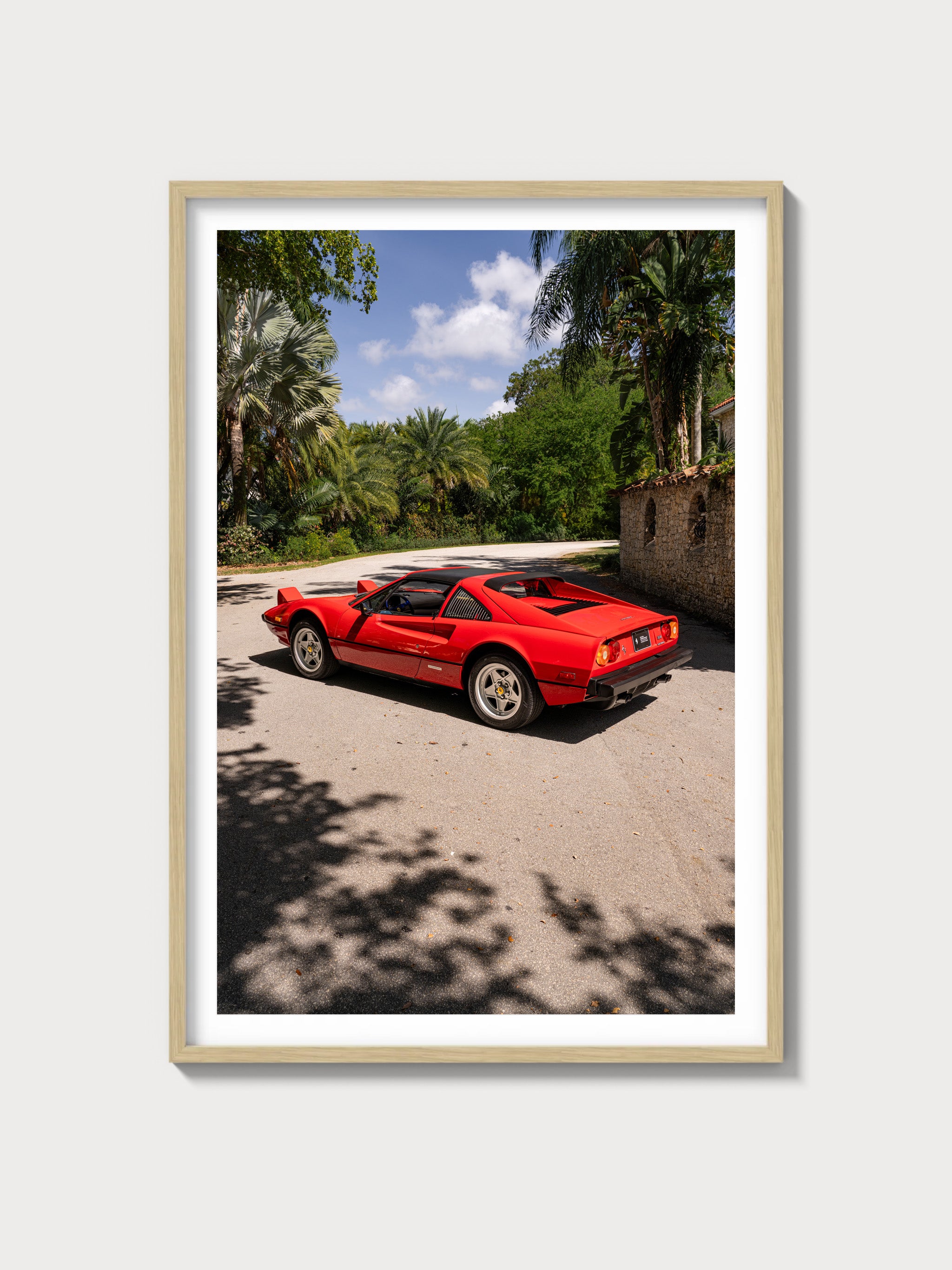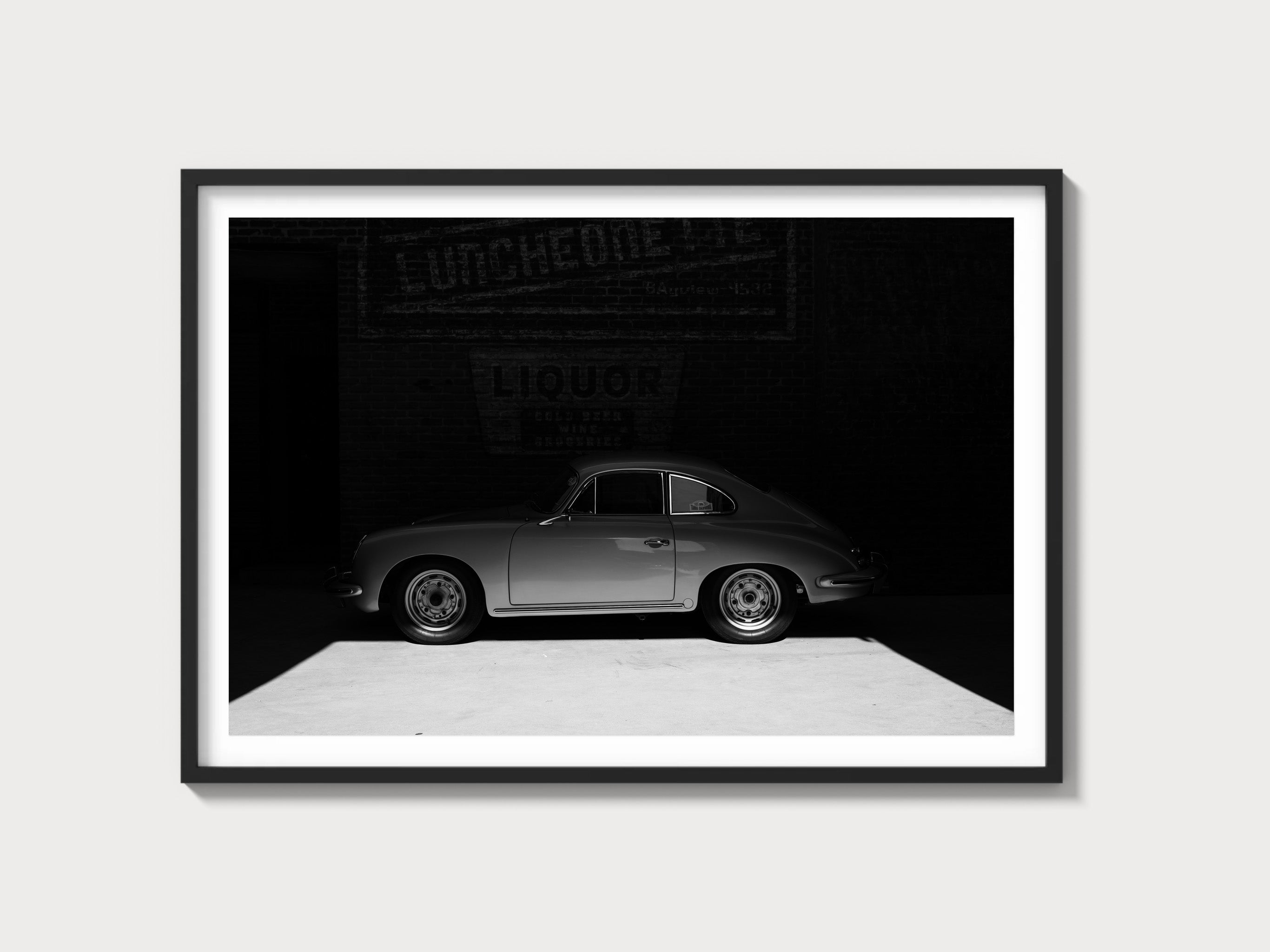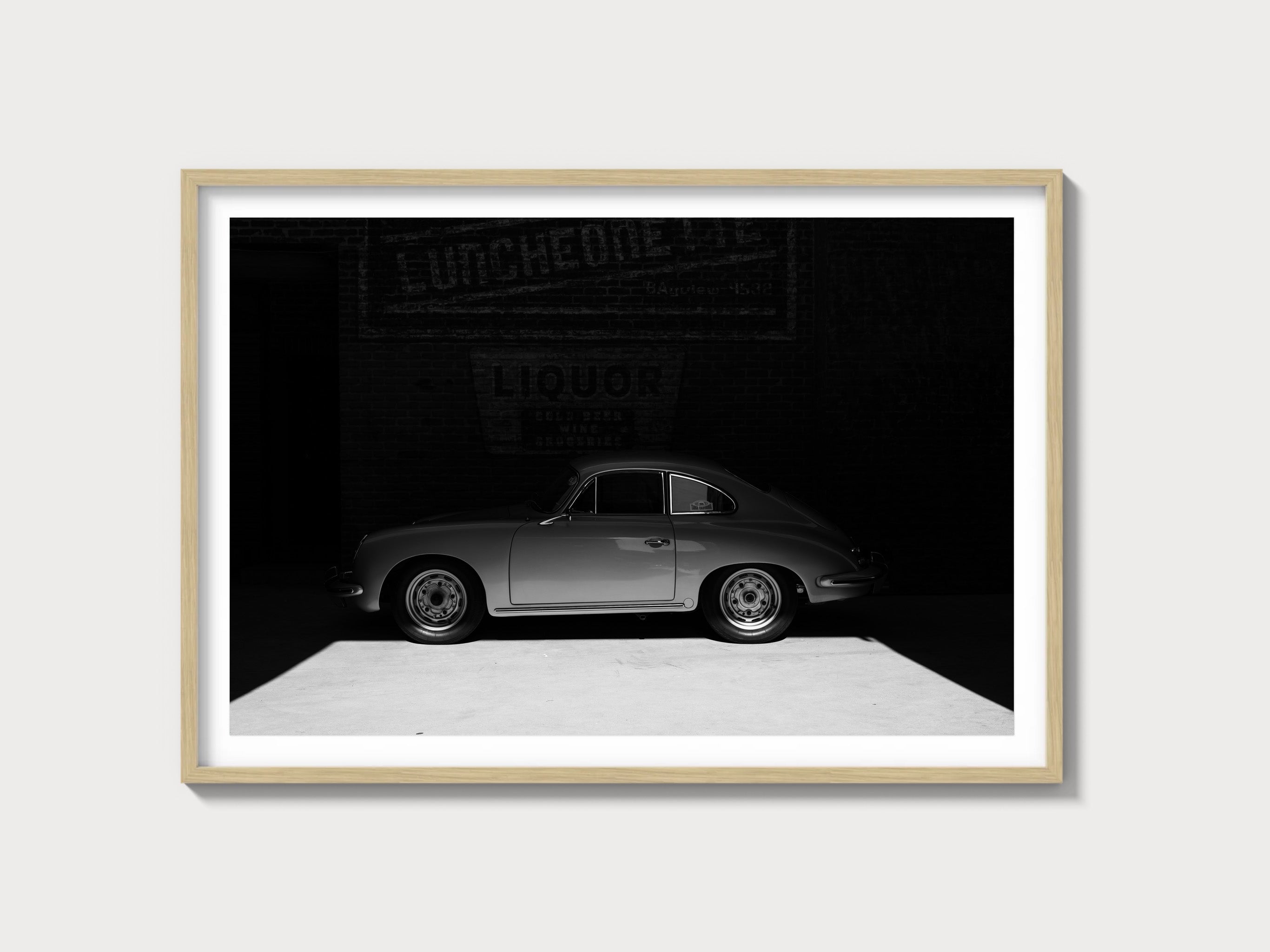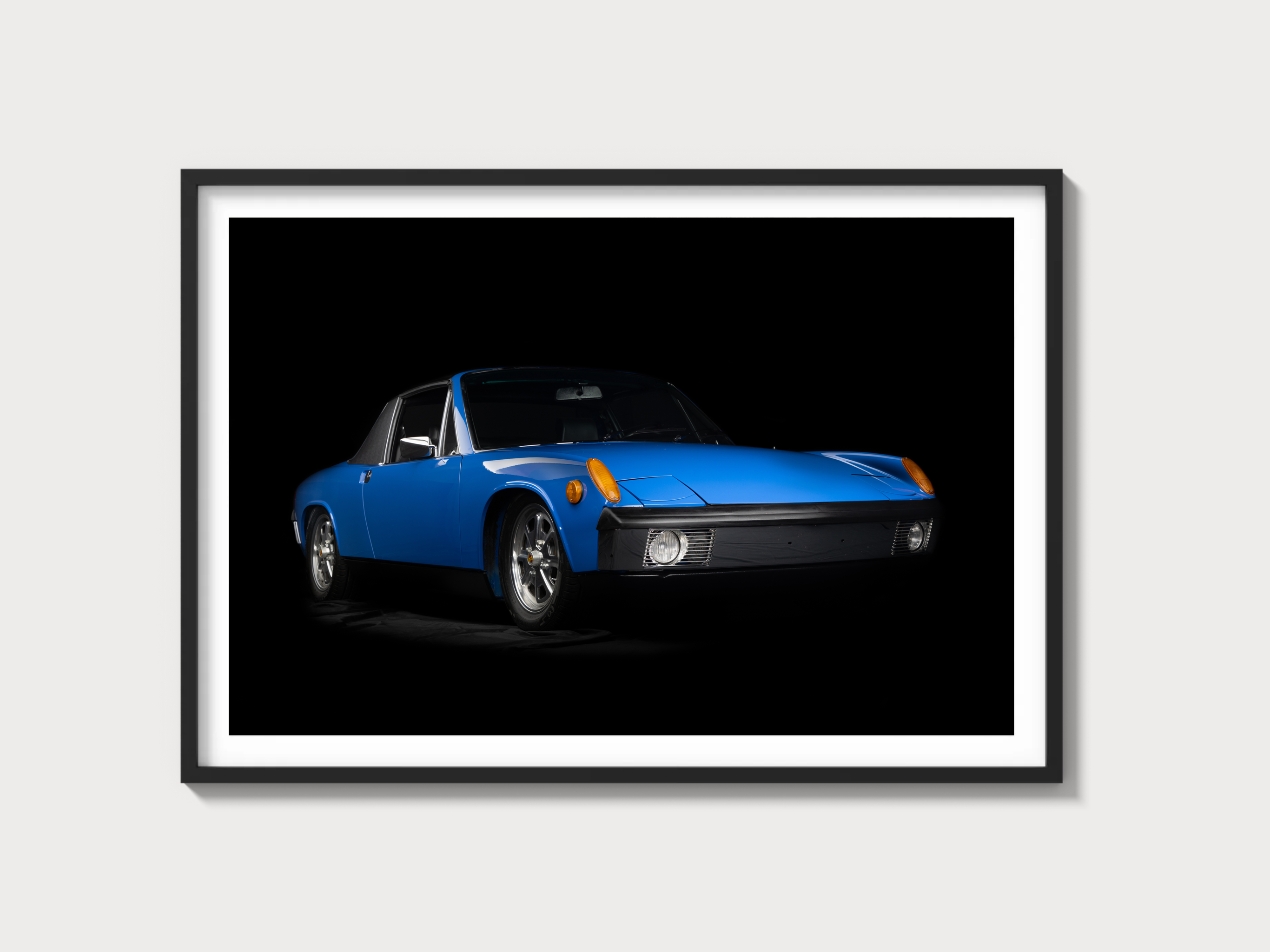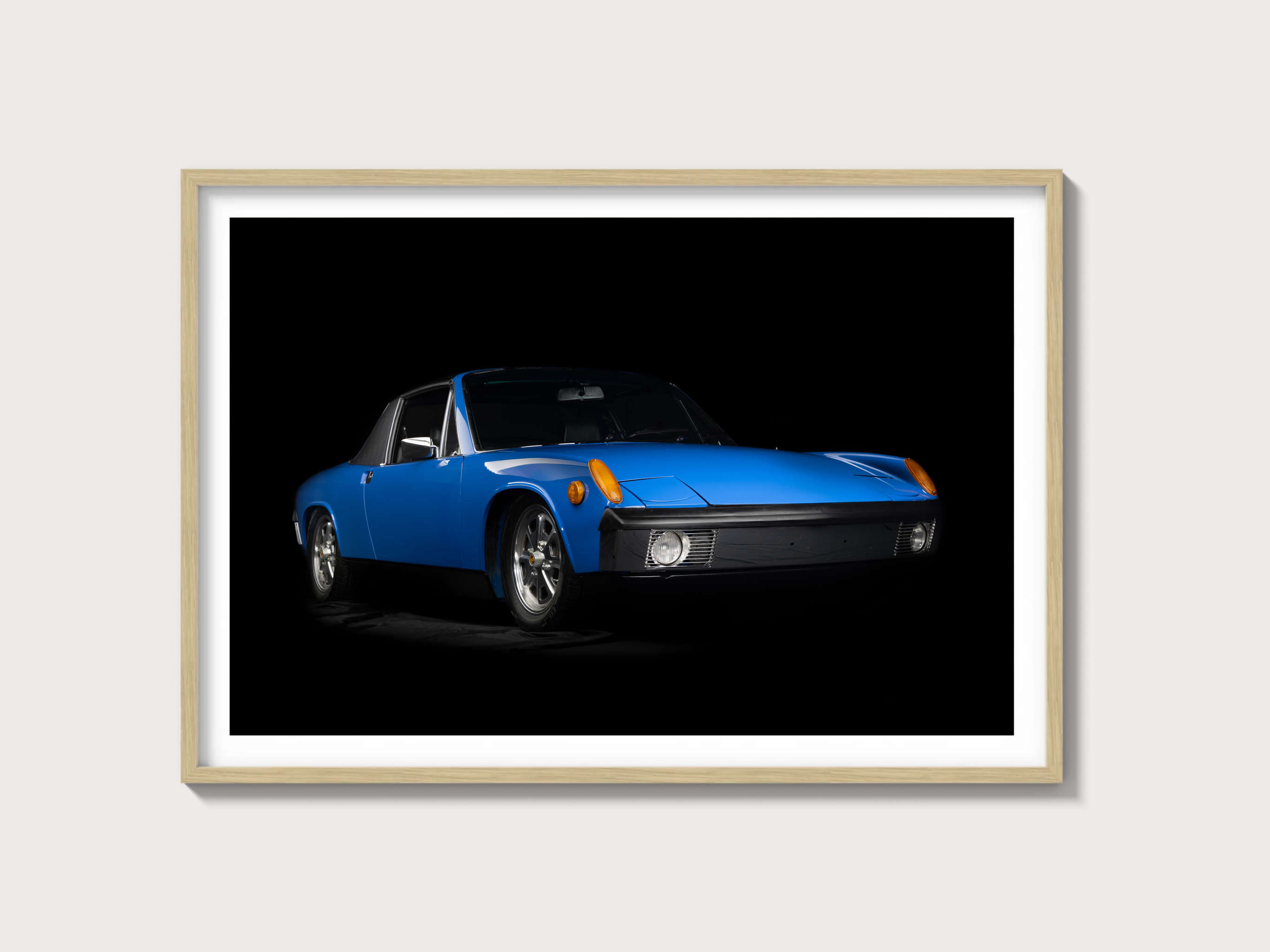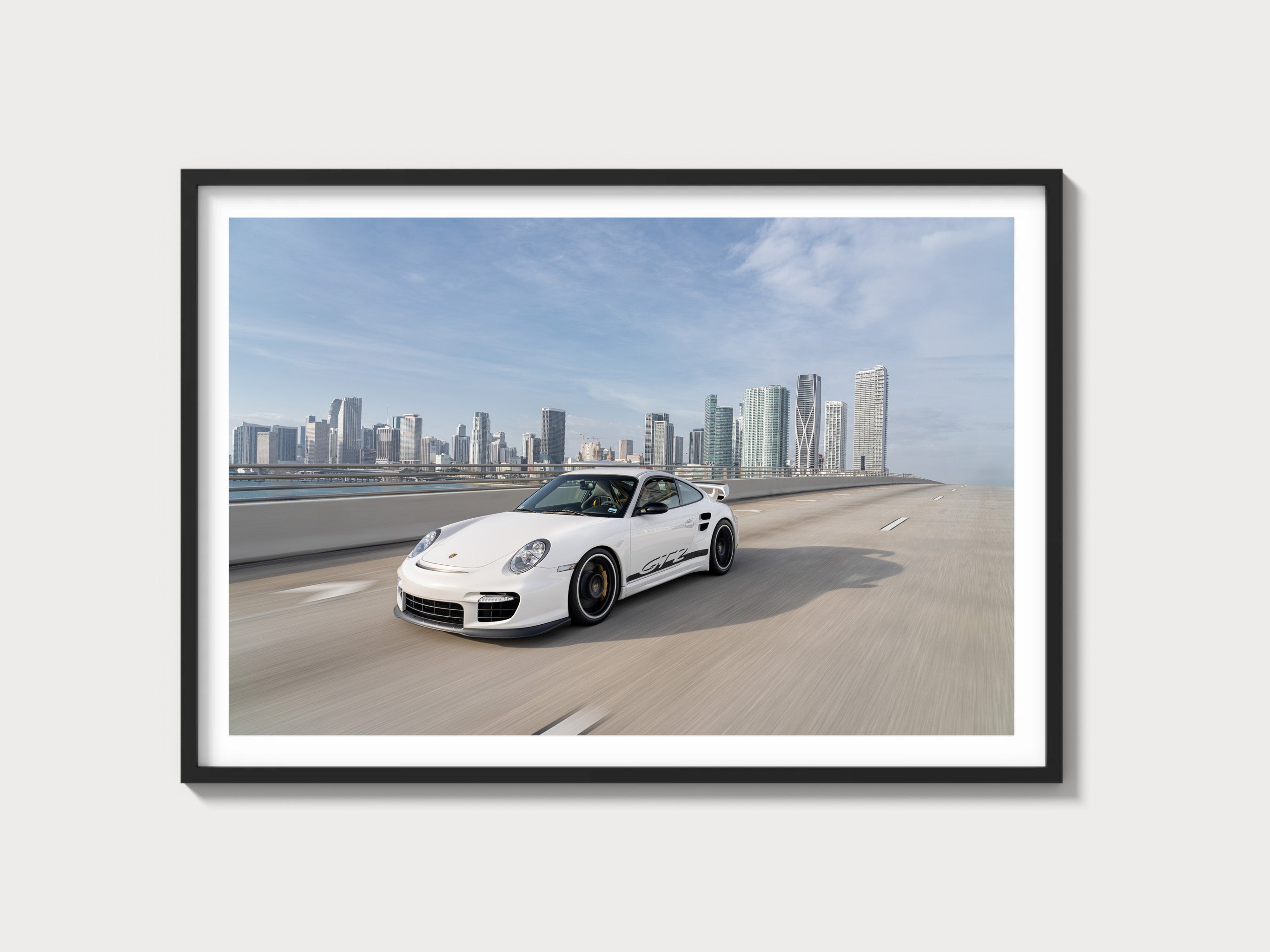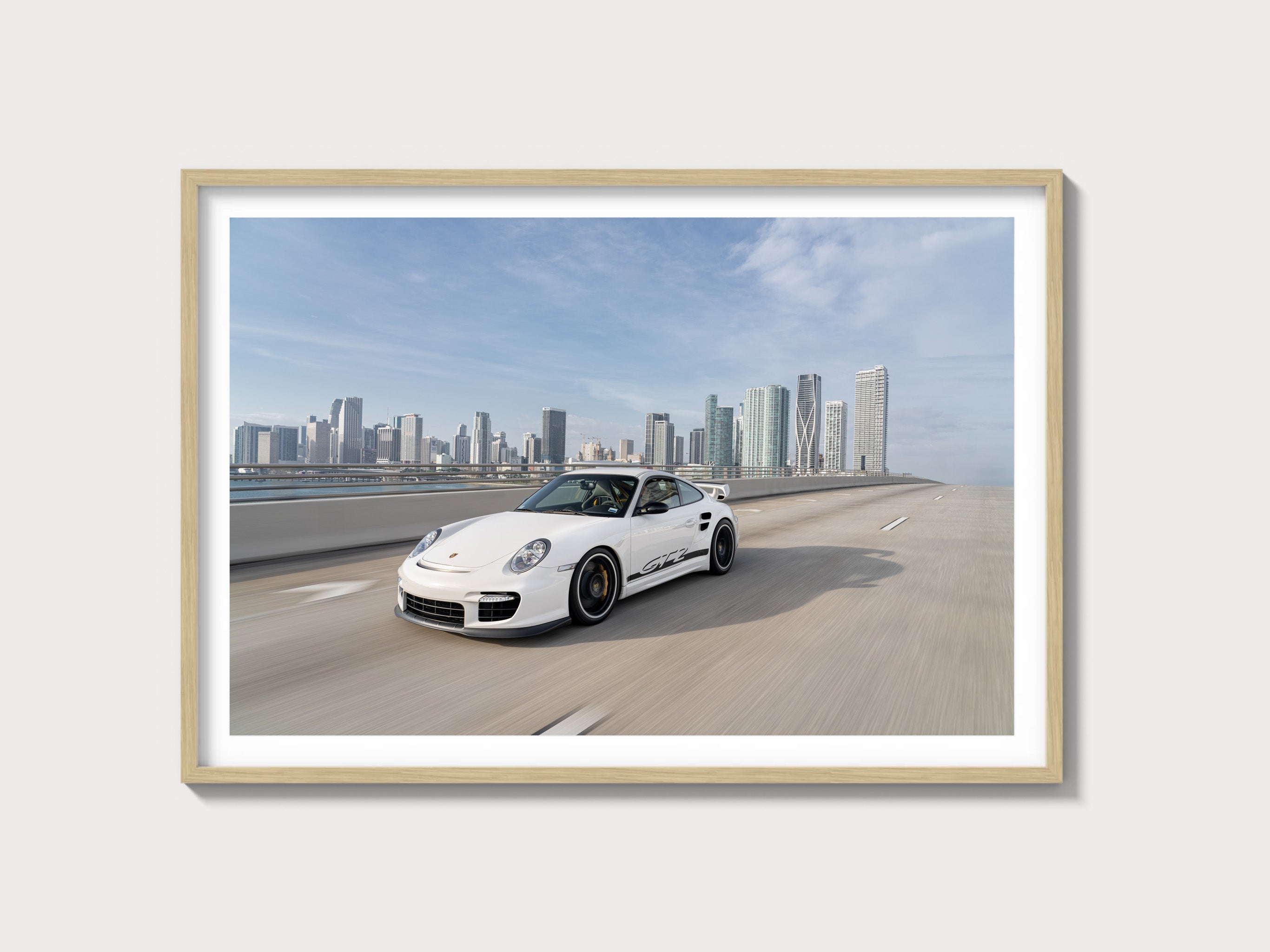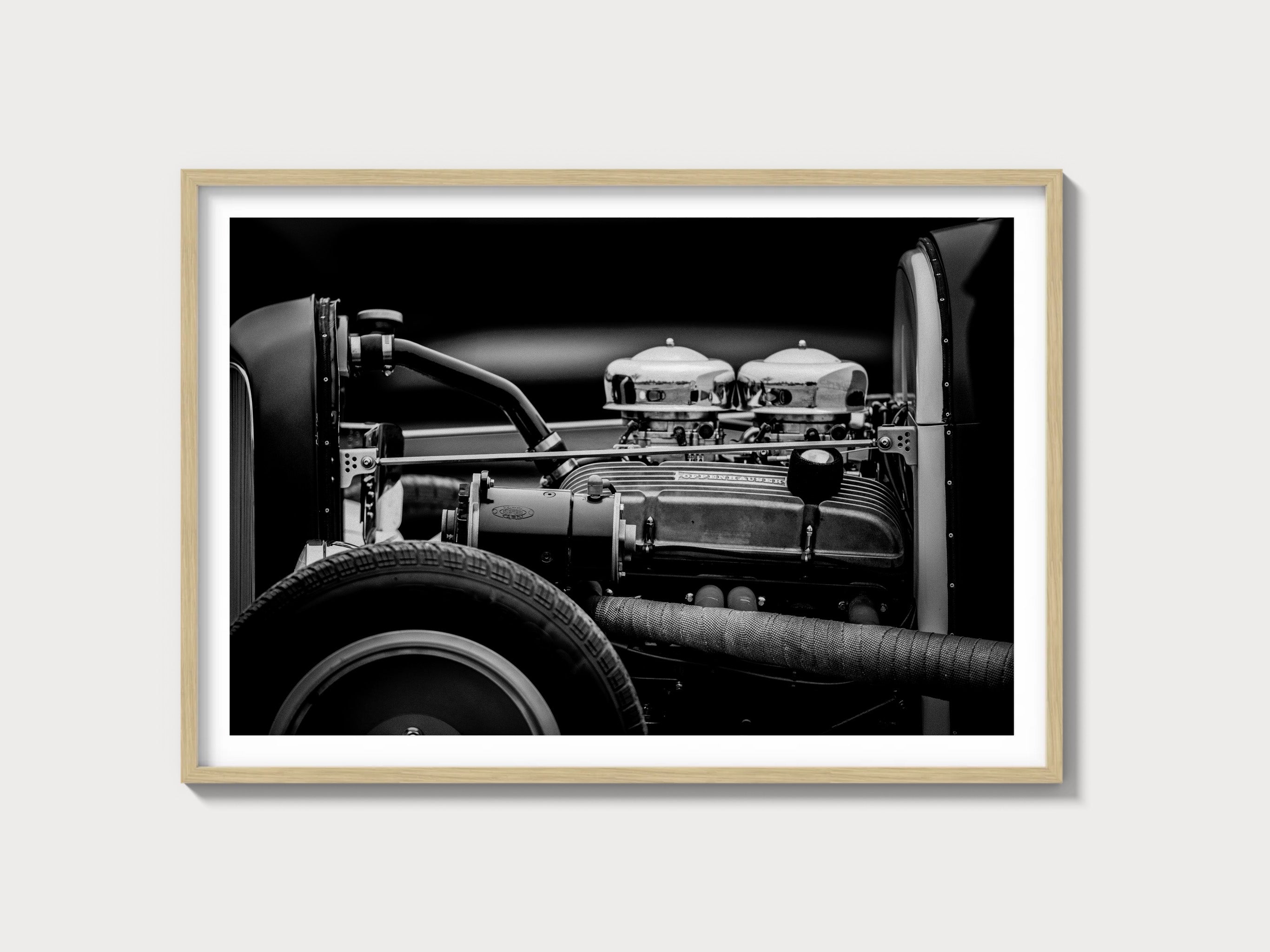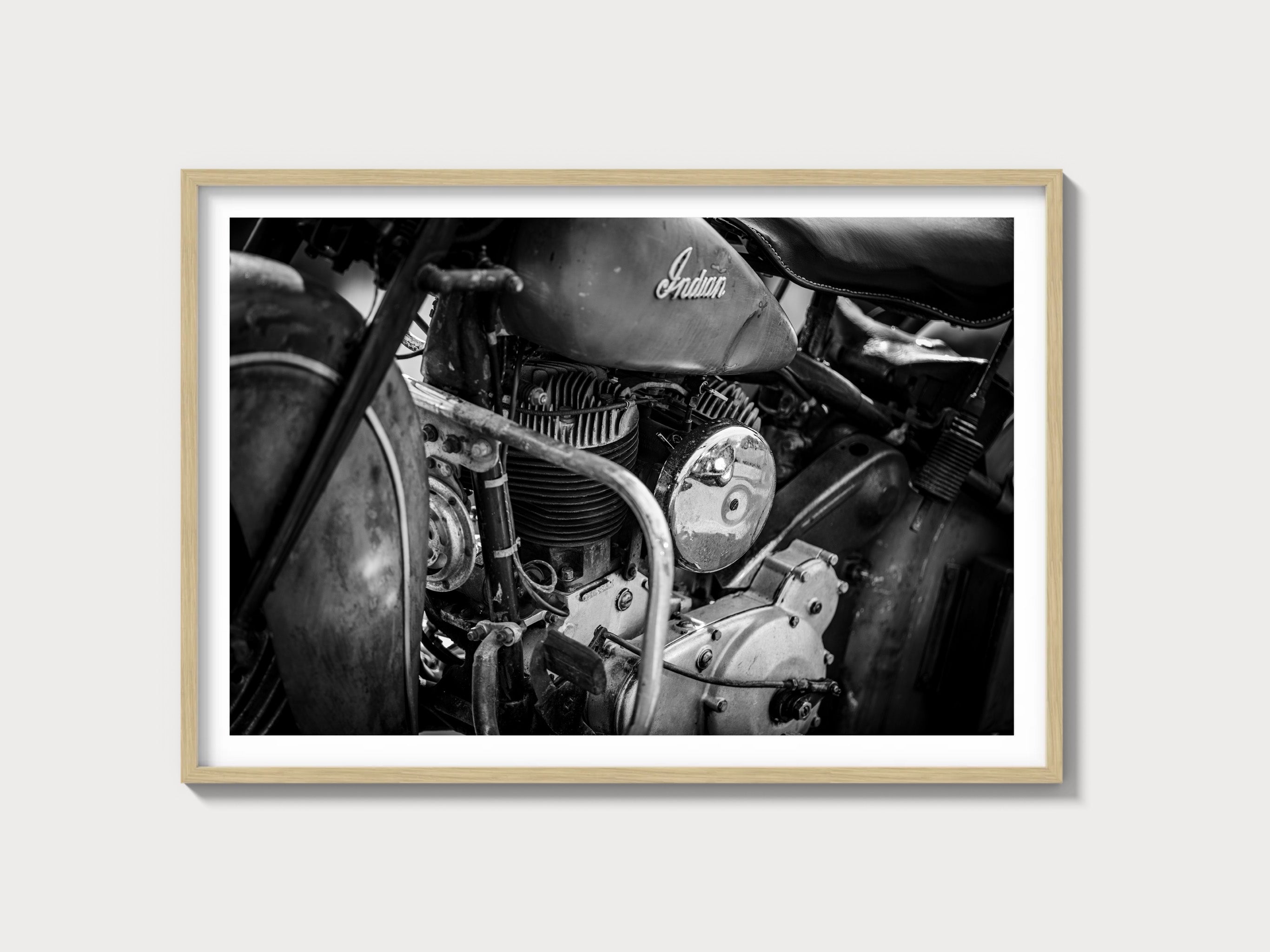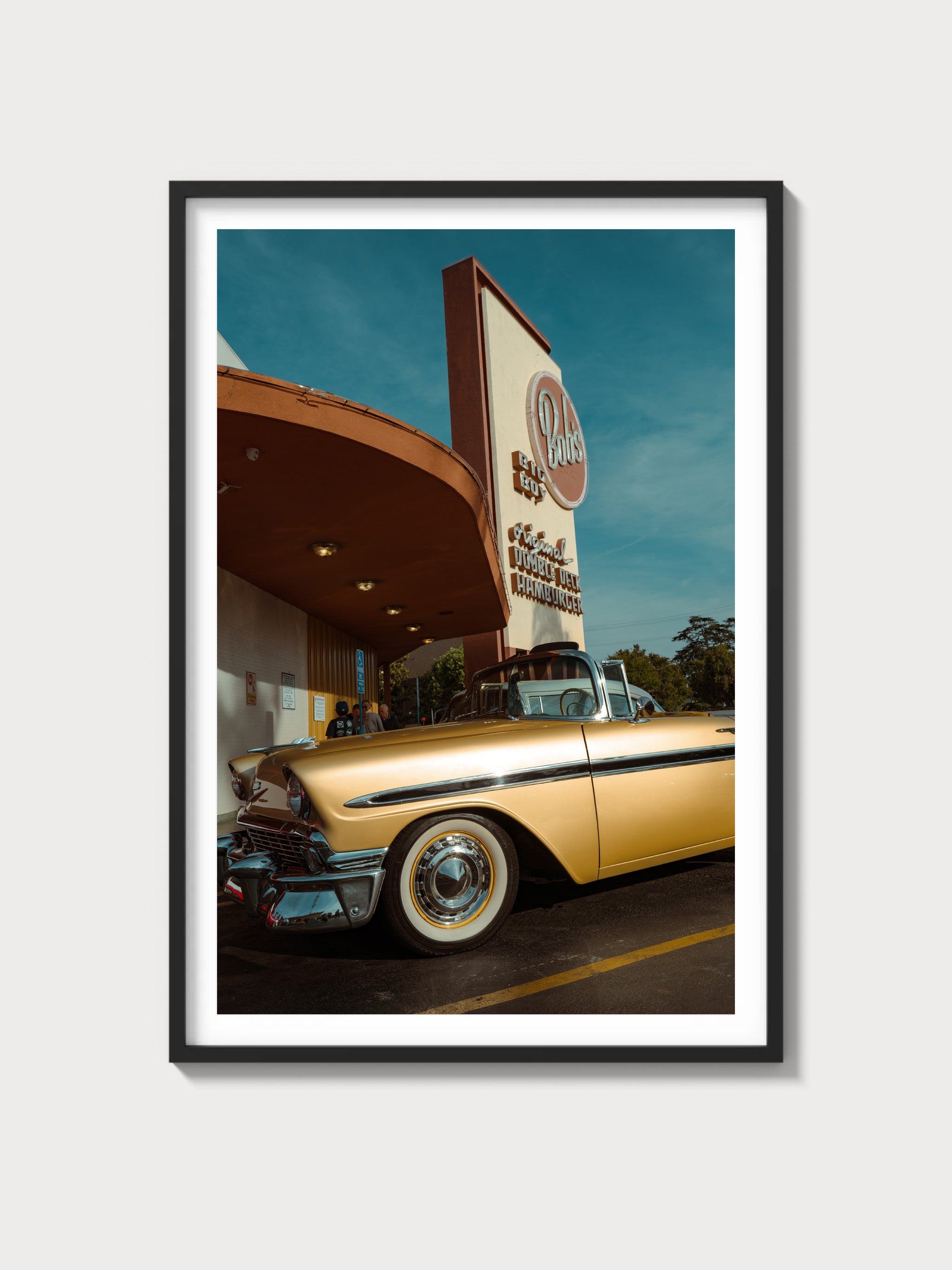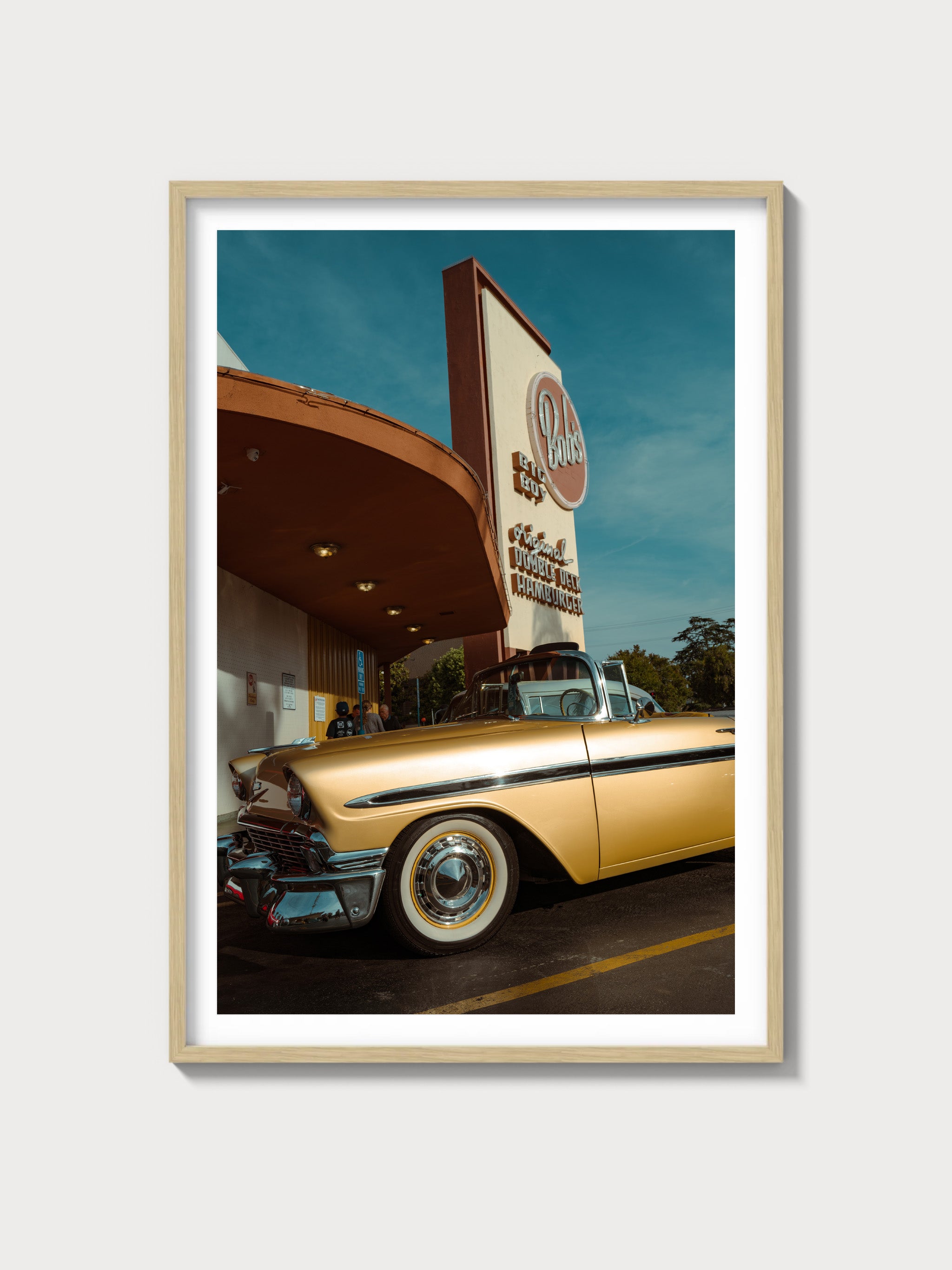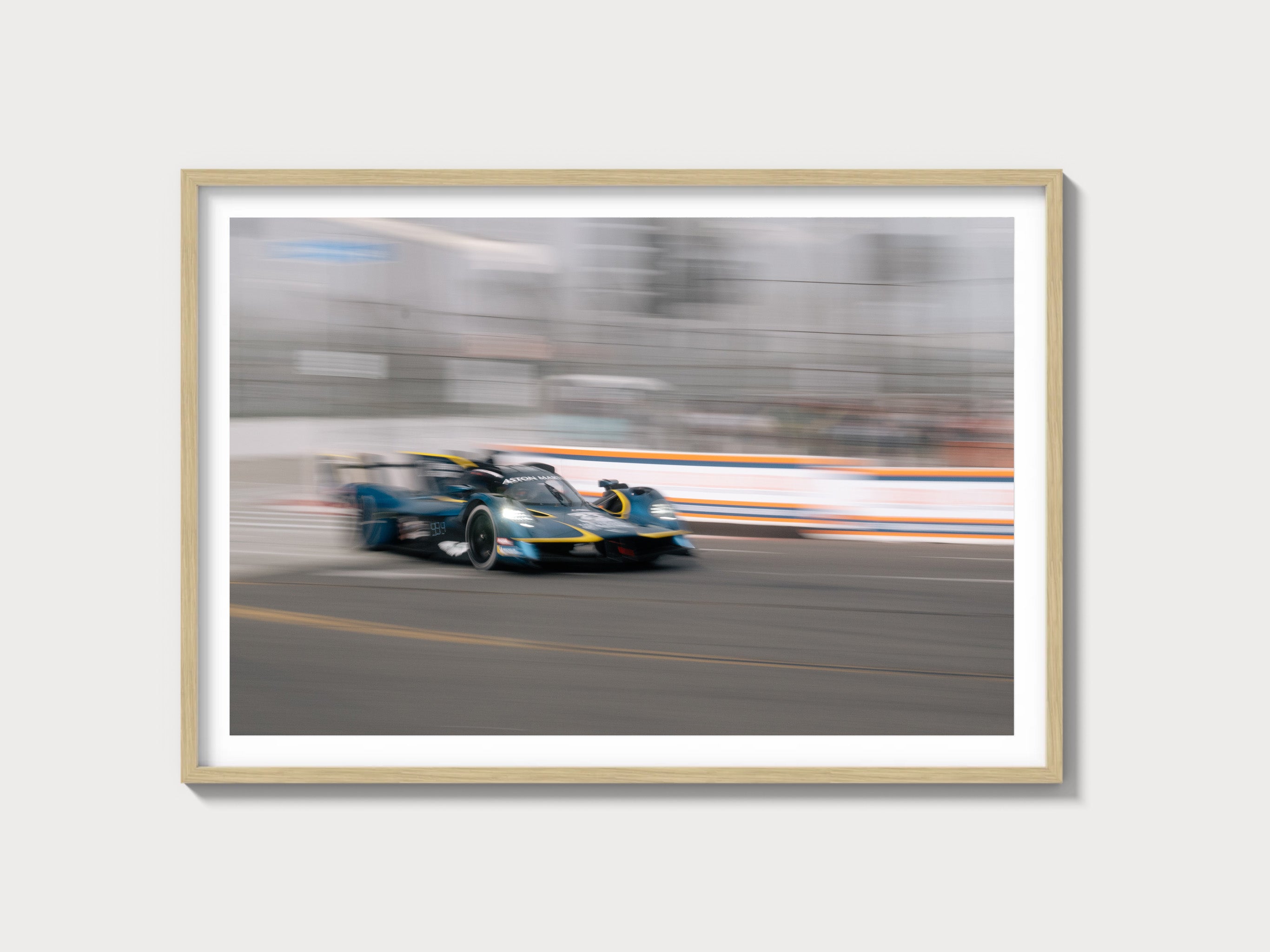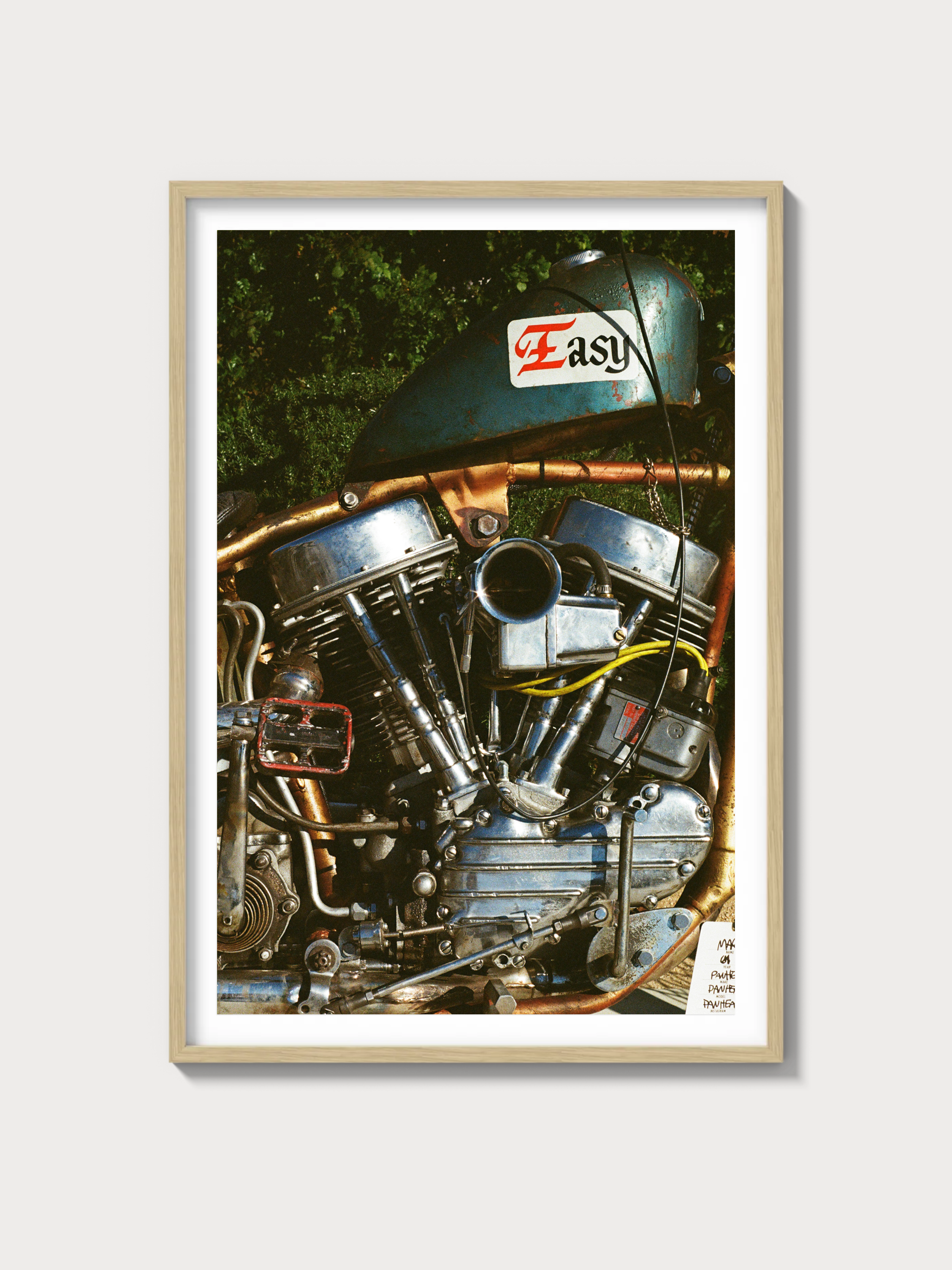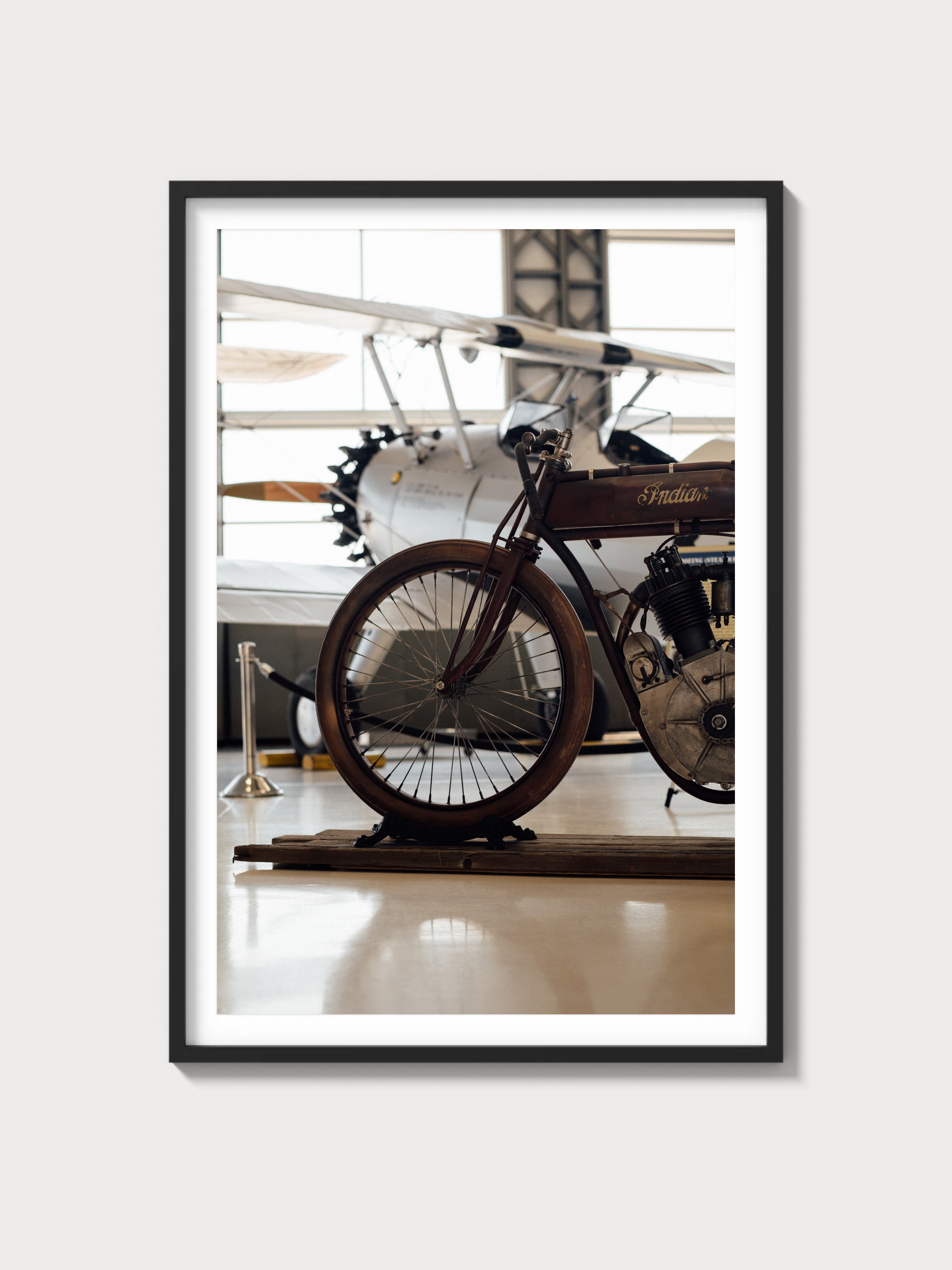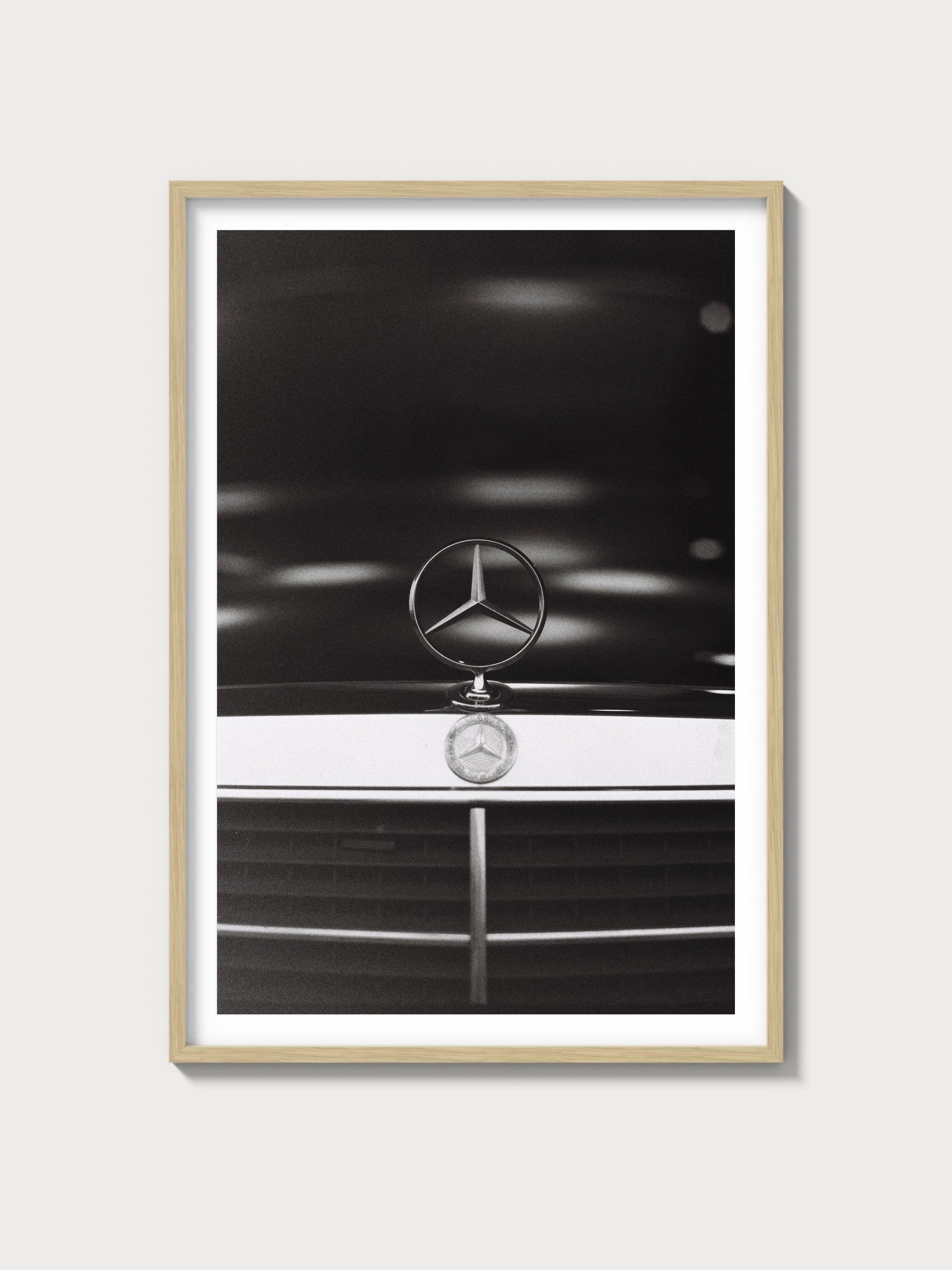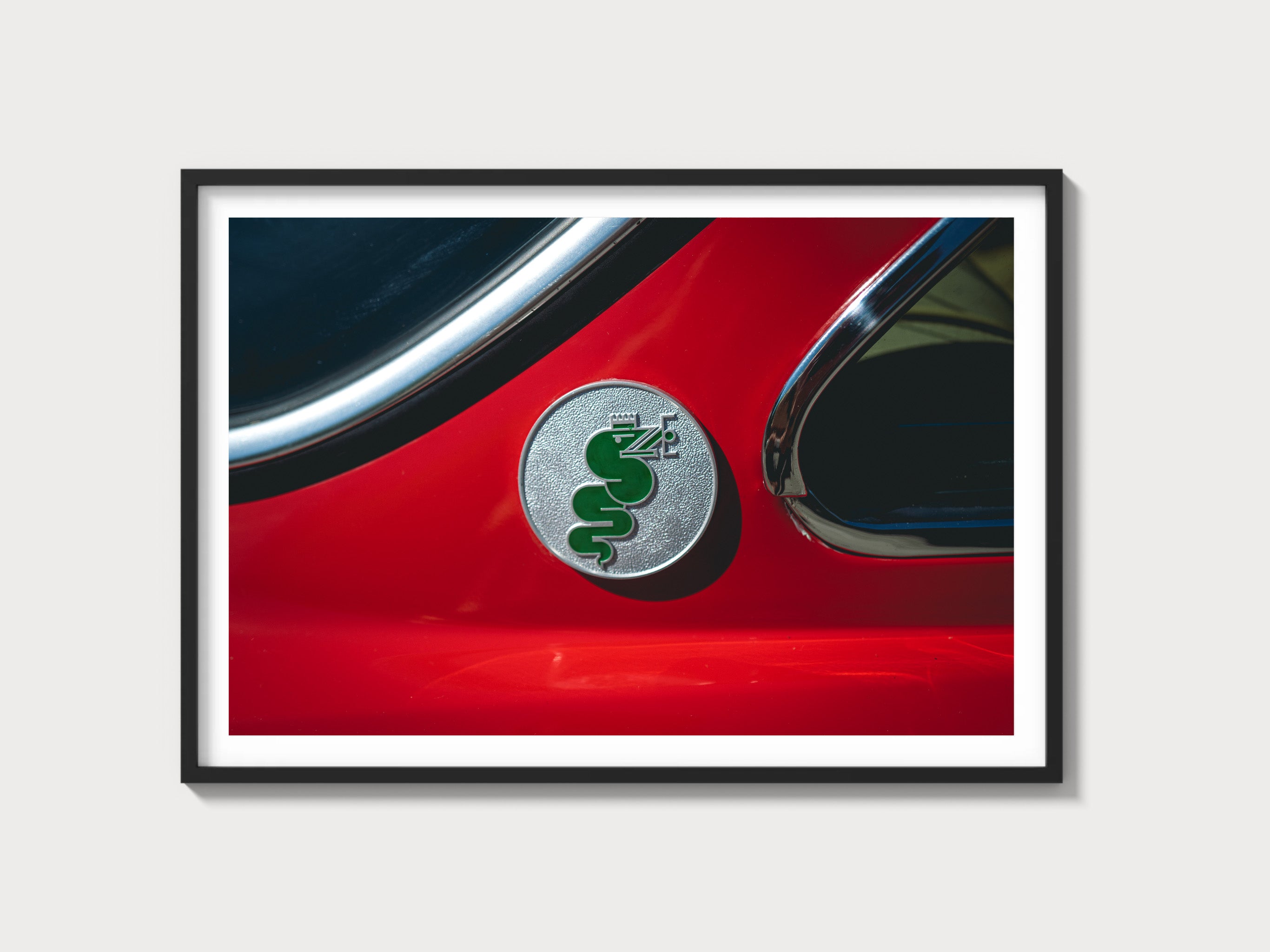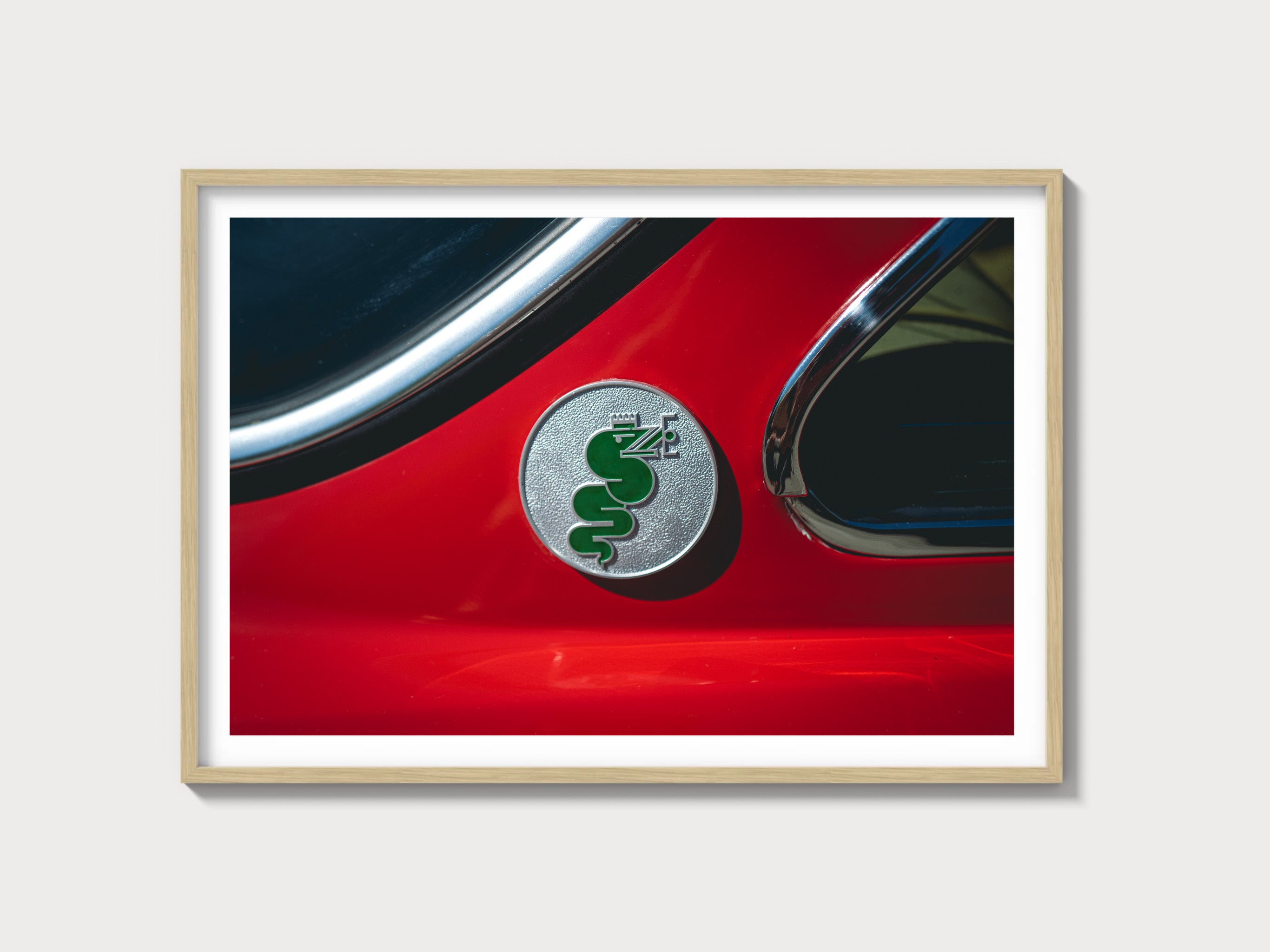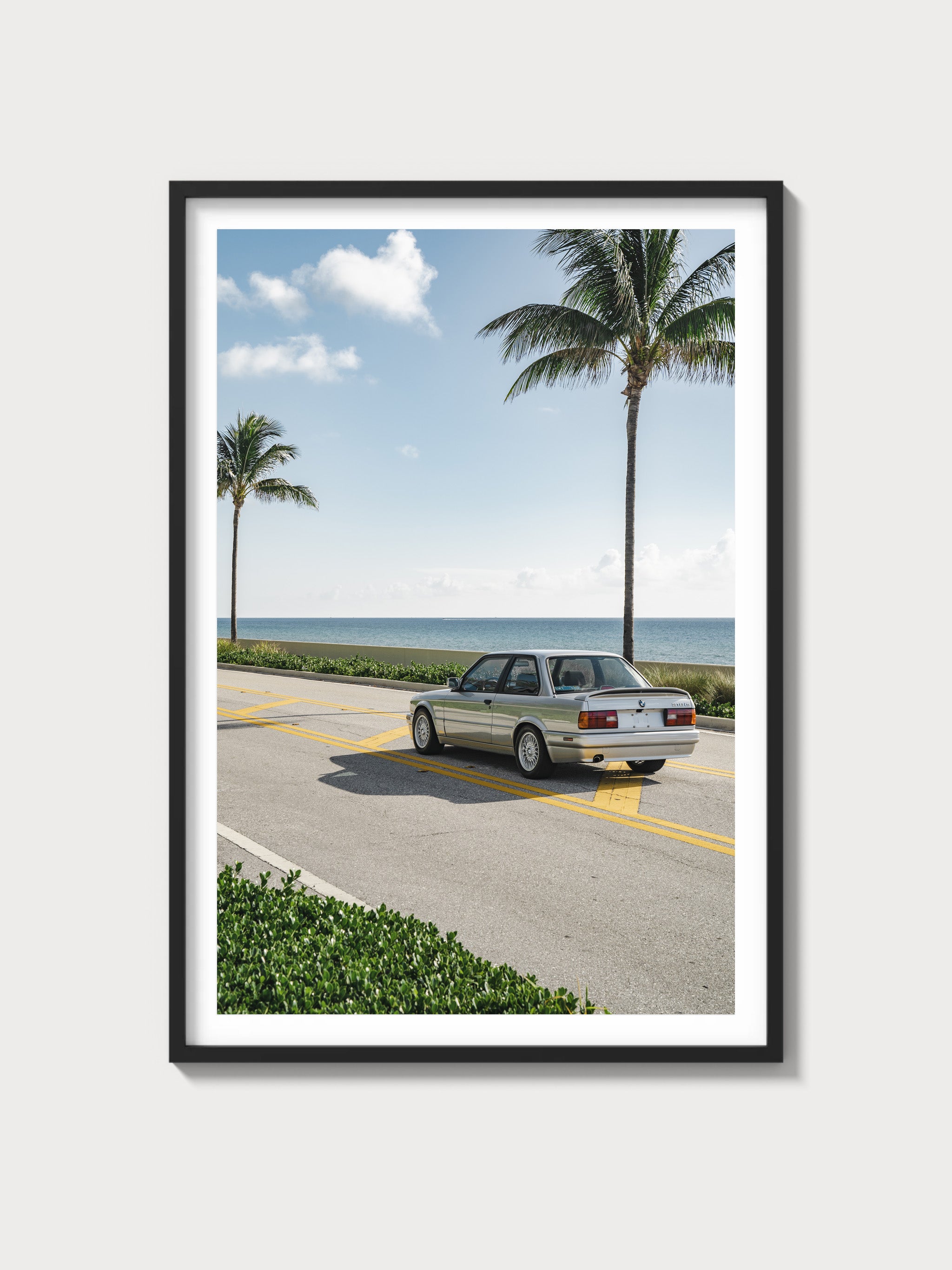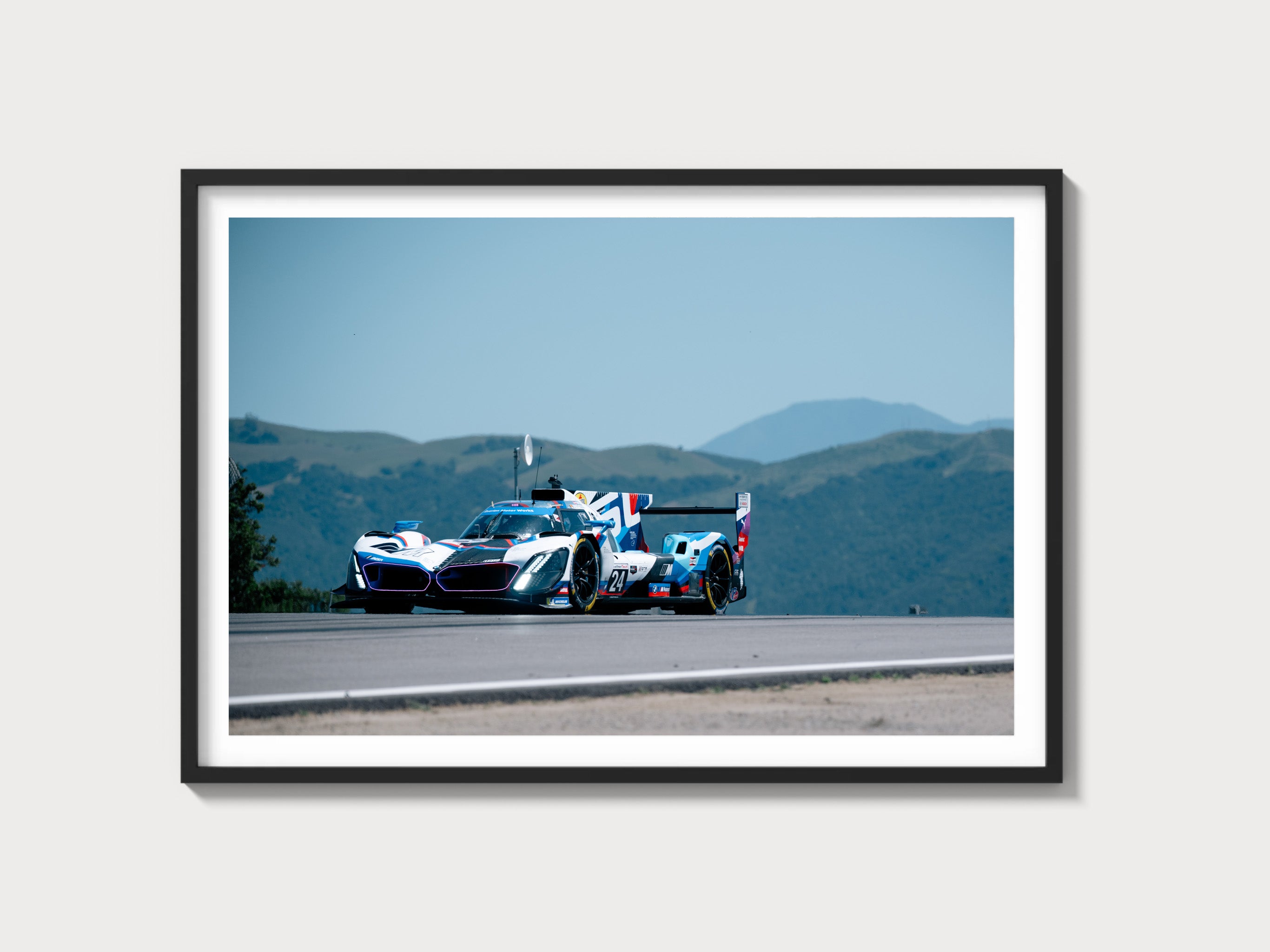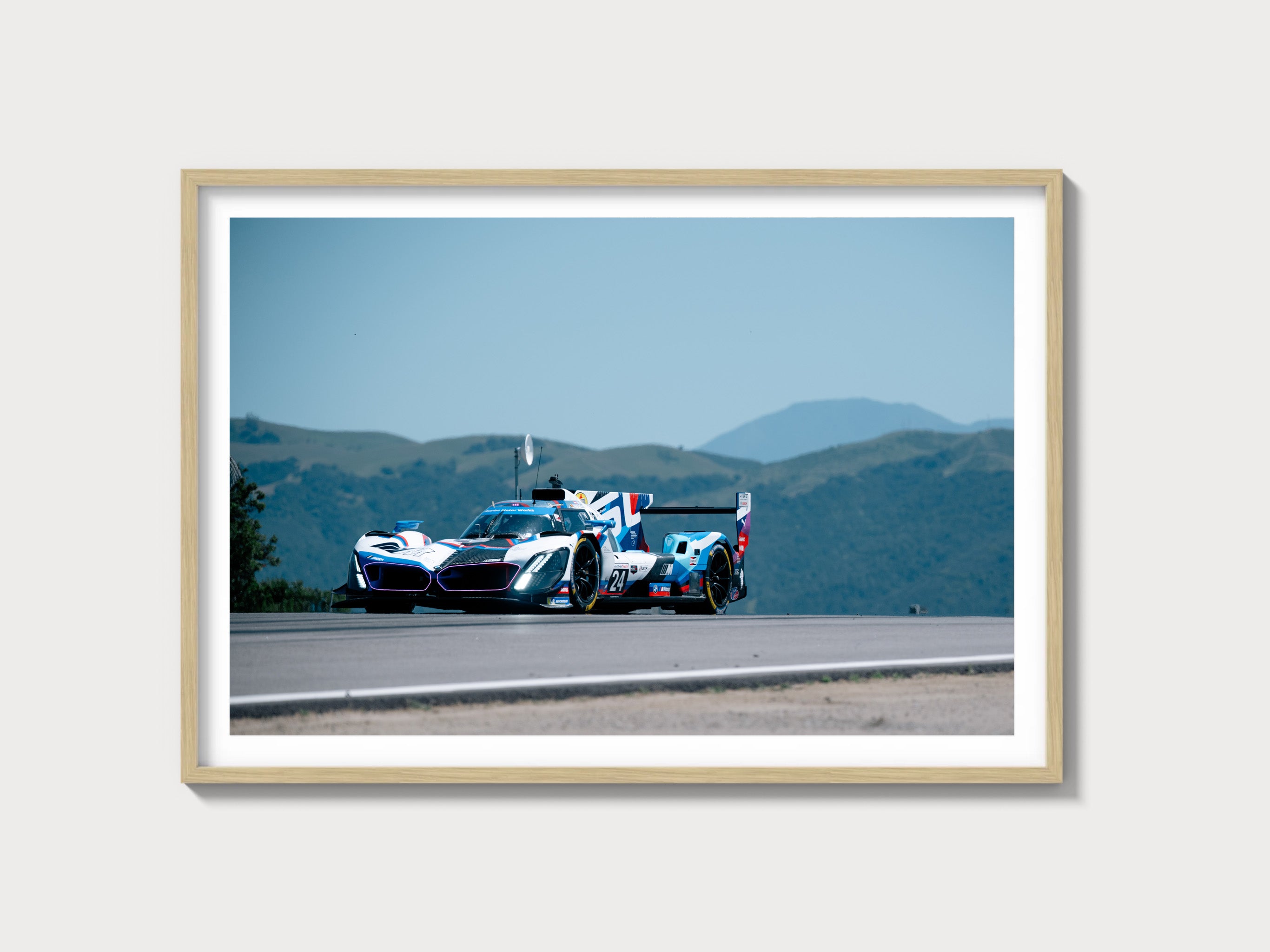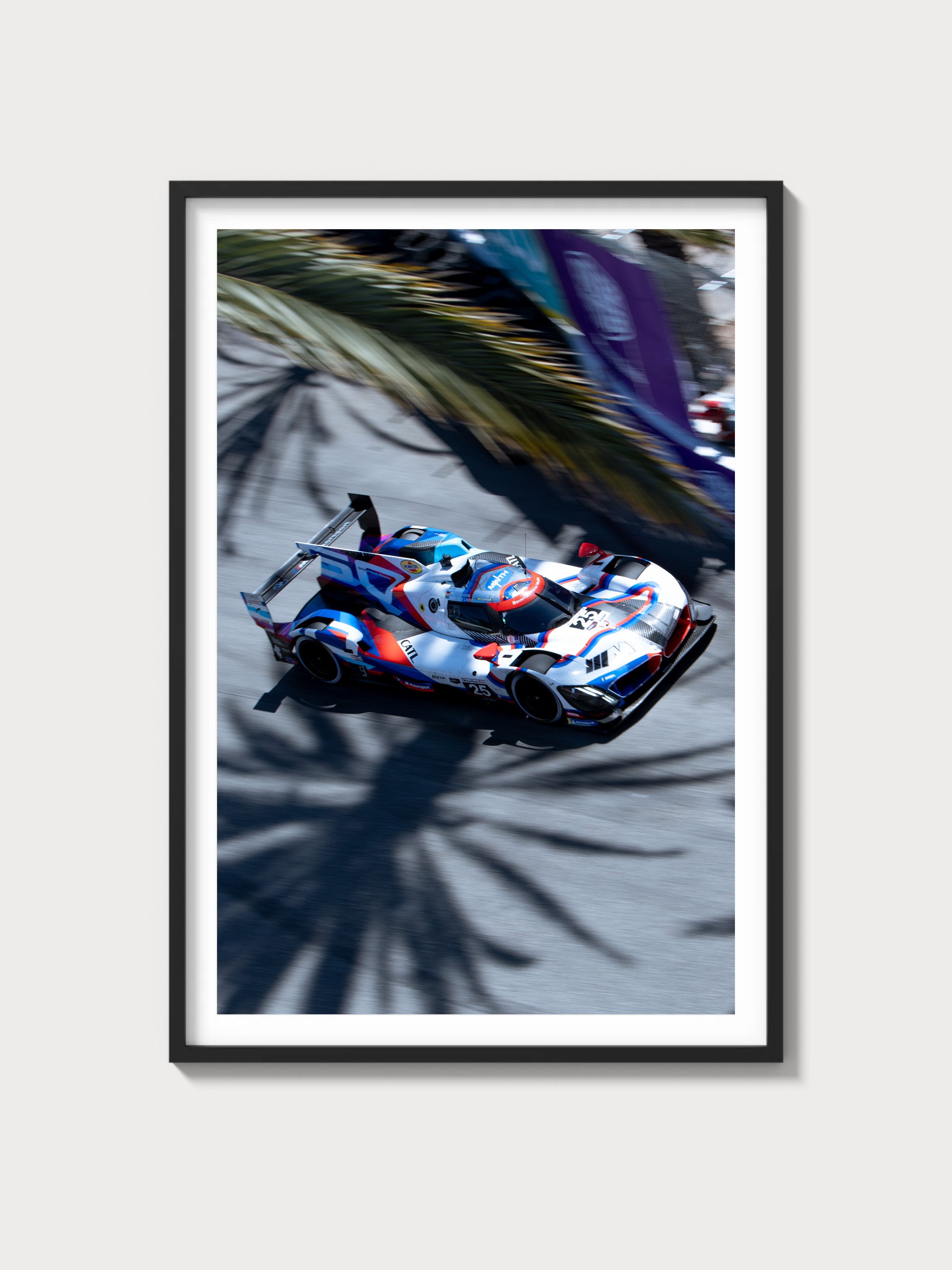Ferrari 275 GTS: The Definitive History, Specs, and Legacy
Introduction: Ferrari’s Open-Top Elegance
In the storied evolution of Ferrari’s 275 series, the 275 GTS, introduced in 1964, shines as a sophisticated convertible—a grand tourer that paired the 275 GTB’s technical brilliance with the allure of open-air motoring. Powered by a 3.3-liter Colombo V12, this model saw 206 units crafted by Pininfarina, each a blend of performance and refined style. Succeeding the 250 GT California Spyder SWB, the 275 GTS offered a modern convertible experience with advanced engineering.
The year 1964 was a defining moment for Ferrari, its racing triumphs—250 GTO, 400 Superamerica—elevating road car prestige. Unveiled alongside the 275 GTB at the 1964 Paris Motor Show, the 275 GTS captivated with its elegance. This exhaustive history, written with a Ferrari historian’s precision, explores its technical refinement, its graceful design, its subtle racing ties, and its lasting legacy.
Historical Context: Ferrari’s Convertible Refinement
The Ferrari 275 GTS emerged during a vibrant era for Maranello. By 1964, Ferrari’s racing legacy—250 GT TdF’s victories, GTO’s dominance—had solidified its stature, yet the demand for luxurious road cars grew. The 250 GT California Spyder SWB’s 56-unit run (1960-1963) proved the convertible’s appeal, but its short-wheelbase chassis was aging. The 275 GTS, sharing the 275 GTB’s 2,400 mm wheelbase and new V12, answered, offering a refined open-top GT for a cosmopolitan audience.
A total of 206 units were built (1964-1966)—all Pininfarina spyders with folding soft tops (hardtop options rare). Chassis 06007, the prototype, debuted at Paris in October 1964, its flowing lines a departure from Scaglietti’s sharper spyders. This was a car for Hollywood stars and European elites—Sophia Loren owned one—its production reflecting Ferrari’s balance of exclusivity and scale amid Italy’s 1960s prosperity.
The broader context of 1964 shaped its purpose. Europe’s GT market flourished—Mercedes 230 SL, Jaguar E-Type—while America’s luxury segment expanded. The 275 GTS bridged Ferrari’s performance heritage with open-top glamour, its V12 tying it to the 250 GT 2+2.
Technical Specifications: The Colombo V12’s Open-Air Tune
The Ferrari 275 GTS’s core was its 3.3-liter Colombo V12—a refined engine optimized for grand touring. Below, we dissect its engineering with historian’s rigor.
Engine: Colombo’s 3.3-Liter Versatility
Displacing 3,286 cc (bore 77 mm, stroke 58.8 mm), the 275 GTS’s V12 matched the GTB’s unit but was detuned for smoothness. With a single overhead camshaft per bank, an 8.8:1 compression ratio, and triple Weber 40 DCZ/6 carburetors, it produced 260 horsepower at 7,000 rpm—20 hp less than the GTB’s standard tune. The aluminum block and heads, wet-sump lubrication, and 60-degree V-angle weighed 275 lbs, delivering 185 lb-ft of torque at 5,000 rpm.
This engine was a touring workhorse. Chassis 07211, a 1965 model, showcased its reliability, prioritizing refinement over the GTB’s sharper edge.
Performance: Graceful Speed
The 275 GTS reached 155 mph (250 km/h)—verified by Road & Track’s 1965 test—trailing the GTB’s 165 mph due to its heavier build and aerodynamics, with a 0-60 mph time of ~6.7 seconds. Its power-to-weight ratio (226 hp/ton) lagged behind the GTB (255 hp/ton) but matched convertible peers.
Chassis and Suspension: Balanced Comfort
The chassis was a tubular steel ladder frame, weighing 1,150 kg (2,535 lbs)—50 kg heavier than the GTB due to its reinforced convertible structure. Its 2,400 mm wheelbase and independent suspension—double wishbones with coil springs front and rear—mirrored the GTB, tuned for a plush ride with a rear transaxle enhancing balance.
Transmission and Brakes: Smooth Dynamics
A 5-speed manual gearbox—synchronized, rear-mounted—drove the rear wheels, its ratios (1st: 2.60, 5th: 0.92) favoring cruising. Braking relied on 14-inch Dunlop disc brakes, delivering 0.9g deceleration—consistent with its GT ethos.
| Specification | Details |
|---|---|
| Engine | 3.3L V12, 260 hp @ 7,000 rpm |
| Displacement | 3,286 cc (77 mm x 58.8 mm) |
| Top Speed | ~155 mph (250 km/h) |
| 0-60 mph | ~6.7 seconds |
| Weight | 1,150 kg (2,535 lbs) |
| Transmission | 5-speed manual, rear transaxle |
| Suspension (Front) | Double wishbone, coil springs |
| Suspension (Rear) | Double wishbone, coil springs |
| Brakes | Hydraulic discs, 14-inch |
Design and Styling: Pininfarina’s Convertible Grace
The Ferrari 275 GTS’s aesthetic was a triumph of open-top elegance, crafted by Pininfarina.
Exterior: Flowing Lines
Pininfarina built all 206 GTS units—chassis 06007 featured a low grille, sculpted fenders, and a folding soft top, finished in Argento Metallizzato. Later models (e.g., 08241) refined chrome trim. The 2,400 mm wheelbase and steel body (no aluminum options) balanced style and strength.
Interior: Luxurious Openness
The cabin was a refined retreat: leather bucket seats (tan or black), a wood-rimmed steering wheel, and Veglia gauges—tachometer (7,500 rpm redline), speedometer, oil pressure. Bespoke touches—07211’s walnut accents—elevated it beyond the GTB’s focus, offering convertible luxury.
Production and Variants: A Convertible Classic
The Ferrari 275 GTS’s 206-unit run (1964-1966) was a production success—all Pininfarina spyders, with rare hardtop options. Chassis 06007 launched the series, while 08963 closed it, transitioning to the 330 GTS. No racing variants existed—its focus was the road.
Performance and Racing Legacy: A Tourer’s Charm
The Ferrari 275 GTS racing history is minimal, its grand touring ethos dominant. Chassis 06789, tuned to 270 hp, ran the 1965 Targa Florio rally, placing mid-field among privateers. Its true domain was scenic routes—Amalfi Coast, California highways—where its 155 mph top speed and composed handling shone.
Ownership and Market Value: A Stylish Classic
The Ferrari 275 GTS value reflects its rarity and charm. Early owners included Peter Sellers (07211) and Raquel Welch. Today, prices range $1.2-2 million—chassis 06007 sold for $1.8 million at Bonhams 2022. Restoration costs—V12 rebuilds at $120,000—underscore its appeal.
Cultural Impact: Ferrari’s Convertible Milestone
The 275 GTS refined Ferrari’s open-top lineage, its V12 and Pininfarina design influencing the 330 GTS. In 1960s lore, it’s the car of glamorous escapes, a bridge to Maranello’s modern convertibles.
Comparisons: Ferrari 275 GTS vs Rivals
The Ferrari 275 GTS vs Mercedes-Benz 230 SL pits 260 hp V12 against 150 hp straight-6—Ferrari led in power, Mercedes in accessibility. The Jaguar E-Type convertible (265 hp) matched in style but not pedigree.
| Model | Engine | Power | Weight | Top Speed |
|---|---|---|---|---|
| Ferrari 275 GTS | 3.3L V12 | 260 hp | 1,150 kg | ~155 mph |
| Mercedes 230 SL | 2.3L Straight-6 | 150 hp | 1,360 kg | ~124 mph |
| Jaguar E-Type | 4.2L Straight-6 | 265 hp | 1,370 kg | ~150 mph |
Frequently Asked Questions
What was the Ferrari 275 GTS?
A 1964 3.3L V12 convertible.
How many were made?
206 units.
What engine powered it?
3,286 cc Colombo V12, 260 hp.
Did it race?
Rarely—built for touring.
What’s its value?
$1.2-2 million.




